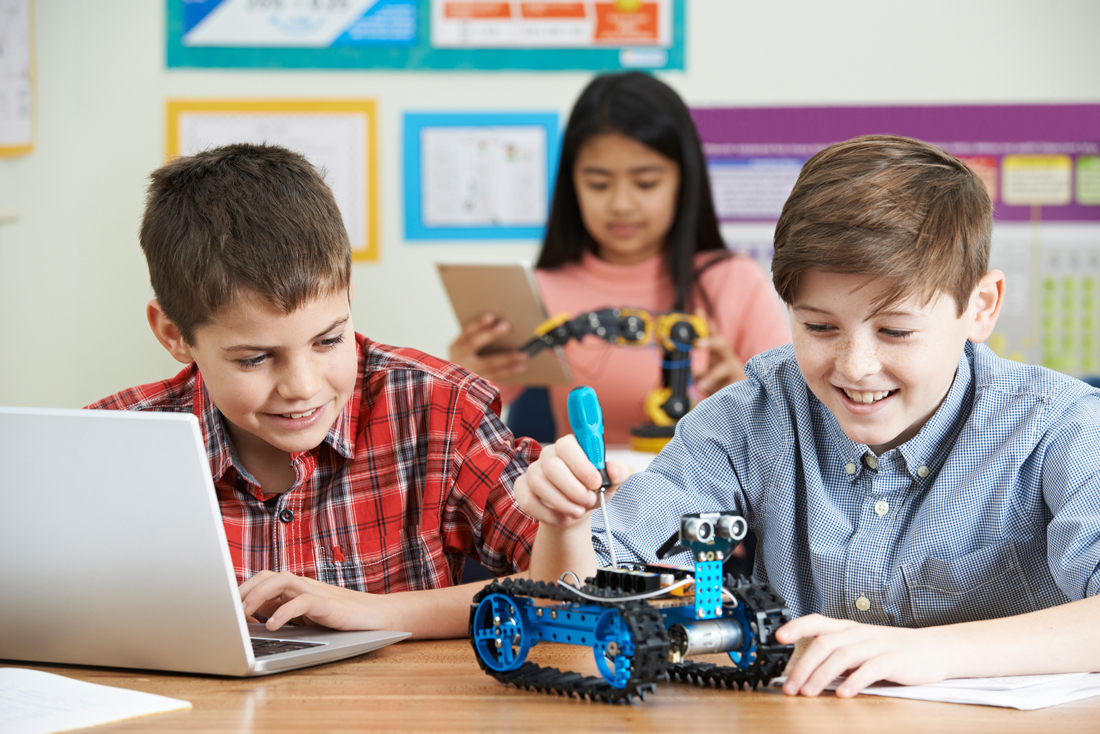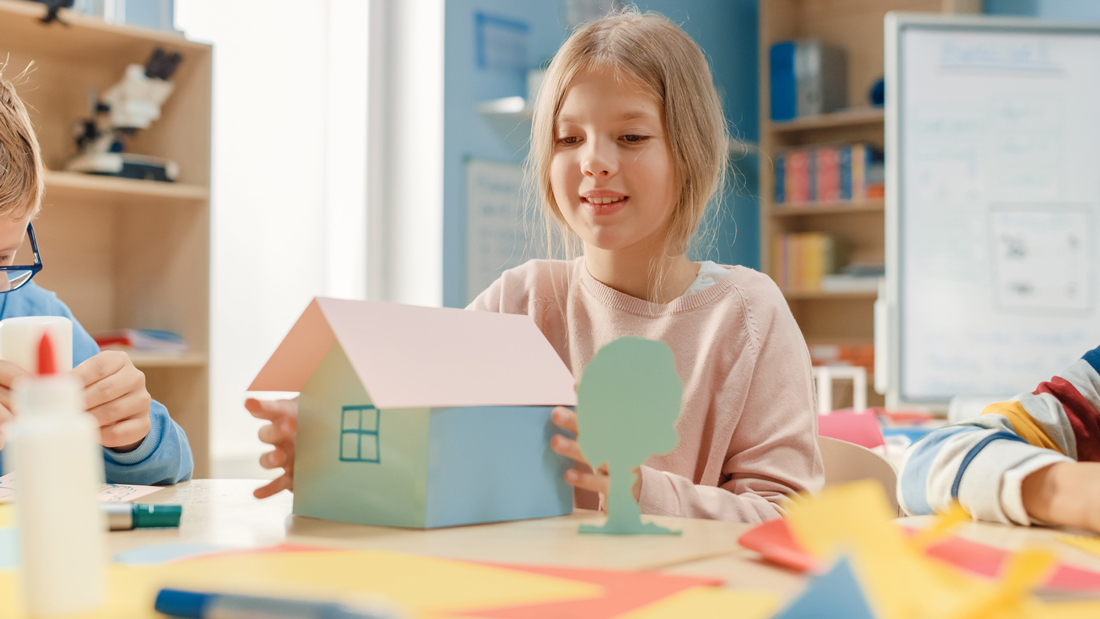You’ve almost certainly heard of STEM (Science, Technology, Engineering and Maths). Despite the simplicity of the acronym, STEM isn’t focused purely on students mastering these four disciplines. Rather, it advocates for an interdisciplinary approach, often assisted by project-based learning, which focuses on using STEM content to develop many 21st century skills.
Creativity is one skill that has always been an important part of STEM. STEM projects and activities – as well as eventually careers – often require skills such as design and spatial thinking. To address this, many educators have developed STEM into STEAM, which explicitly integrates Art into the process.
To get started, think about giving origami a try in your classroom! Origami is an engaging art form that merges all the key areas of STEAM. It can help teach Geometry, Maths and Science content, while subtly developing skills such as spatial visualisation and problem solving.
Although the range of fun and educational STEM/STEAM projects is varied and limitless, examples include designing and constructing bridges, creating a model of the water cycle, building robots and carrying out experiments to test whether objects are magnetic.
Ultimately, whether you’re dealing with STEM or STEAM, the aim is the same: to prepare students for the diversity of life and the modern workplace.

